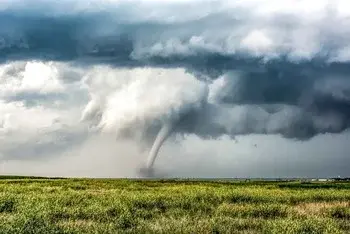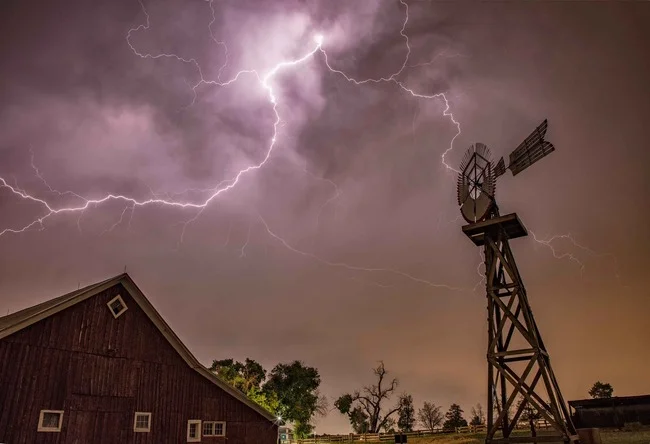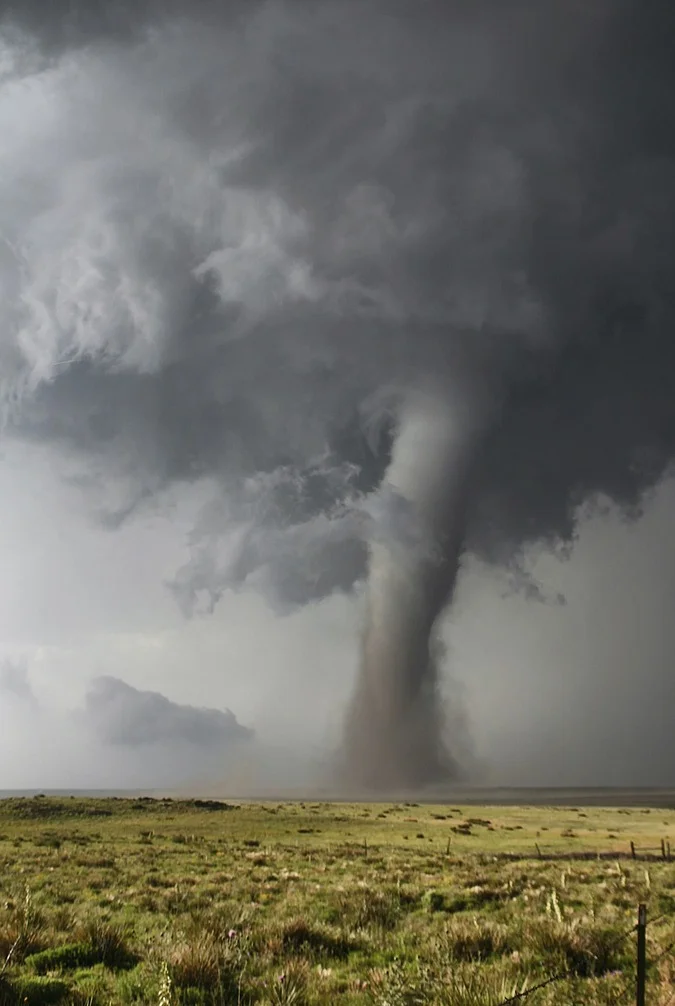Education
20 Cool Tornado Facts for Students

Tornadoes are among nature’s most powerful and unpredictable storms. They fascinate many young learners while teaching essential safety lessons. These tornado facts students love to learn can help them stay safe and informed during severe weather.
What Is a Tornado?
A tornado is a cone-shaped column of rotating air stretching from a thunderstorm to the ground. It forms when warm, moist air meets cold, dry air. This creates a violent storm with swirling winds that can exceed 300 miles per hour.
How Do Tornadoes Form?
The Science Behind Tornado Formation
Tornadoes develop through a complex mix of atmospheric conditions. It starts when warm, moist air rises and meets cooler, drier air. This creates a thunderstorm. Wind shear—when wind speeds vary with height—makes the storm spin.
As the spinning intensifies, a funnel cloud may form. If the funnel touches the ground, it becomes a tornado. These storms are brief but powerful and can disappear quickly.
Safety Tips Every Student Should Know

Before a Tornado Strikes
- Talk to your family about tornado safety.
- Build an emergency kit with essentials like food, water, flashlights, and helmets.
- Practice tornado drills to reach safety quickly.
During the Tornado
- Go to a basement or the lowest floor in a sturdy building.
- Stay away from windows and protect your head.
- If outside, lie flat and shield your head and neck with your arms.
After the Storm
- Stay alert for emergency updates.
- Wear sturdy shoes during cleanup to avoid injury.
- Help children talk about their feelings and offer comfort.
Tornado Drills in Schools
Teaching tornado facts students can remember should include safety drills. Schools conduct tornado drills several times yearly, especially in high-risk areas. Kids practice moving to safe zones and shielding their heads. These drills ease anxiety and build confidence.
20 Fun and Educational Tornado Facts

Surprising Facts About Tornadoes
- Tornadoes can happen at any time but are most common from March to August.
- Tornado Alley in the U.S. includes Texas, Oklahoma, Kansas, and Nebraska.
- Tornadoes can lift and toss heavy objects like cars and trees.
- Supercells, the strongest thunderstorms, cause most deadly tornadoes.
- The U.S. has about 1,000 tornadoes every year.
- Tornadoes are often invisible until they pick up dust or debris.
- Waterspouts are tornadoes that form over warm water.
- Tornadoes can travel in any direction, not just northeast.
- The Enhanced Fujita Scale ranks tornado strength from EF0 to EF5.
- Tornadoes are not stopped by mountains, rivers, or cities.
- America holds the record for the world’s deadliest tornado outbreaks.
- Some tornadoes are not visible due to rain or low clouds.
- Tornadoes sometimes strike the same area multiple times.
- Tornadoes may sound like a freight train or jet engine.
- Scientists study infrasound and seismic waves to detect tornadoes.
- Tornado warnings are more accurate thanks to GOES-R weather satellites.
- Tornado safety shelters, or storm cellars, are common in high-risk areas.
- Children should crouch low and cover their heads during tornado drills.
- Mobile homes are especially dangerous in tornadoes.
- Climate change might influence tornado strength and frequency.
Common Myths About Tornadoes
- Myth: Tornadoes only happen in spring.
- Fact: They can occur in any season.
- Myth: Cities are safe from tornadoes.
- Fact: Tornadoes can strike anywhere, including cities.
- Myth: Open windows during a tornado.
- Fact: This causes more damage and danger.
Final Thoughts
These tornado facts help students better understand severe weather and prepare for emergencies. With drills, safety tips, and engaging facts, children can stay both curious and cautious.
Stay safe and informed—explore more educational and safety news on our website today!


